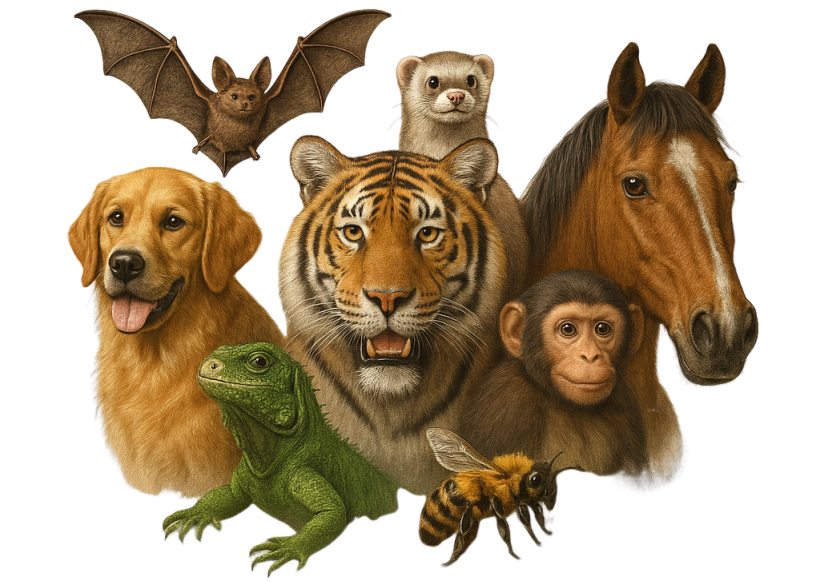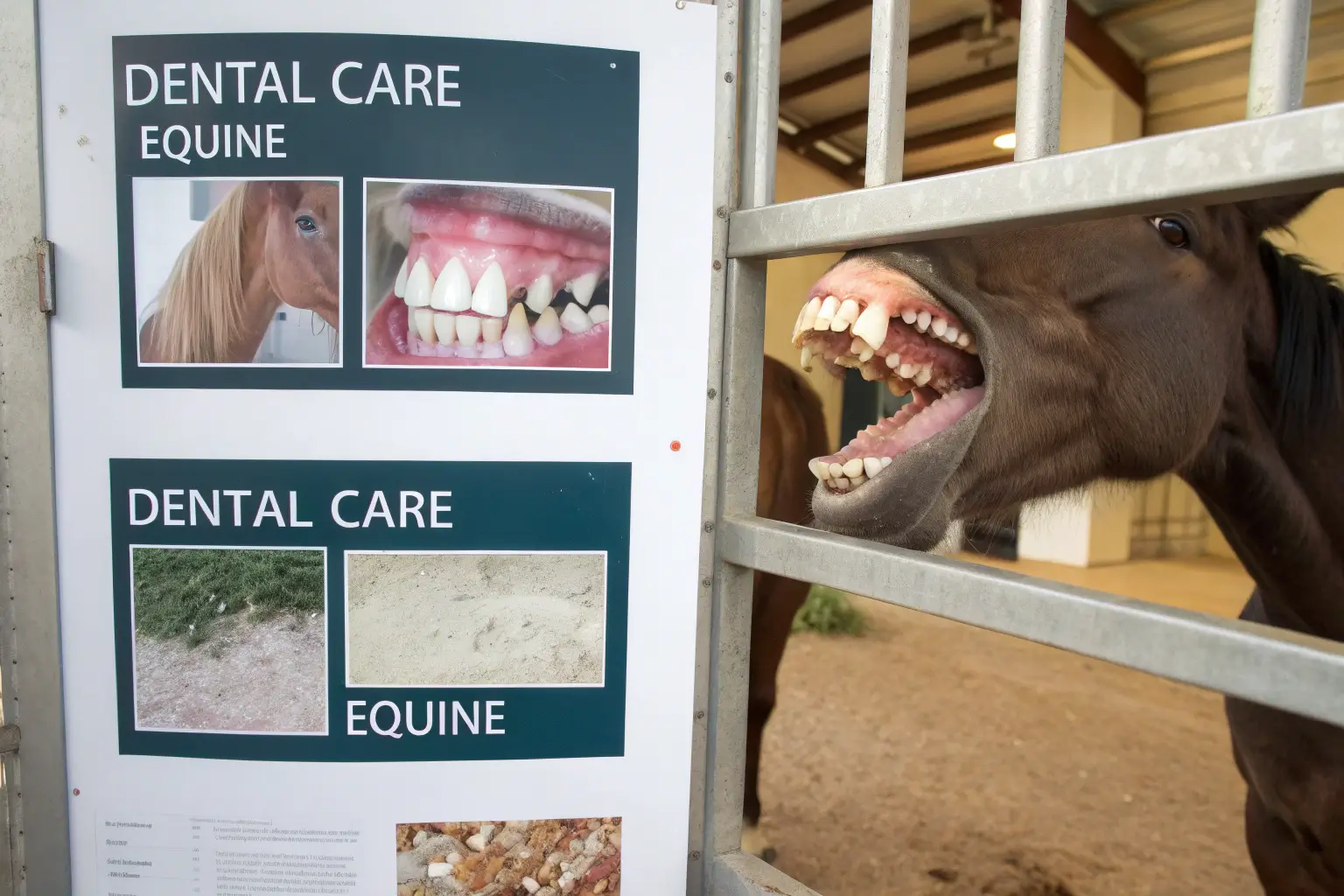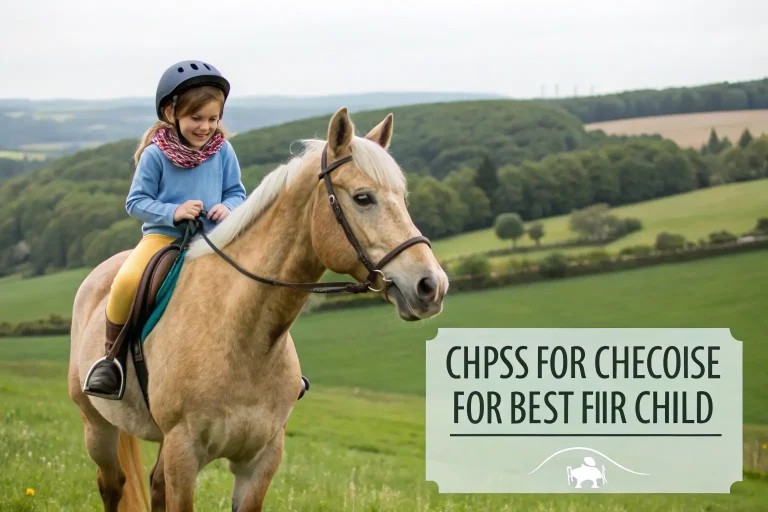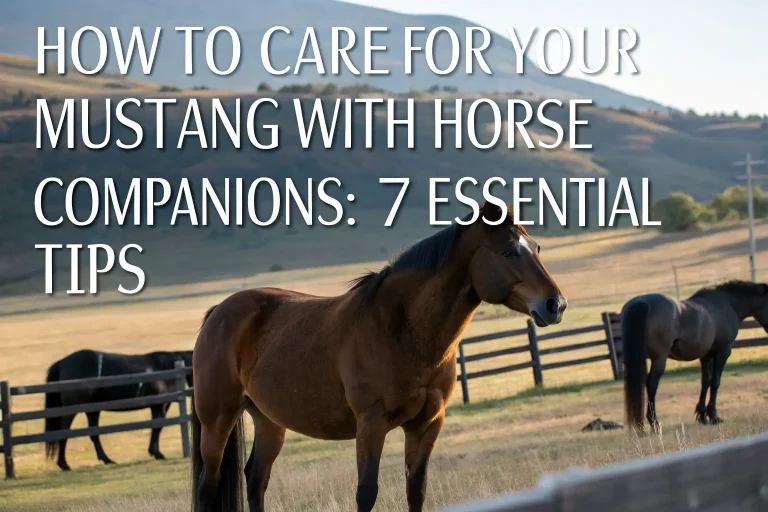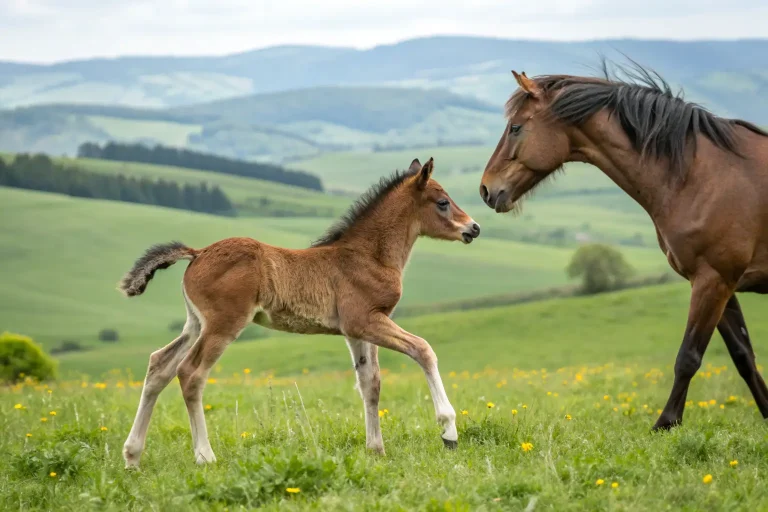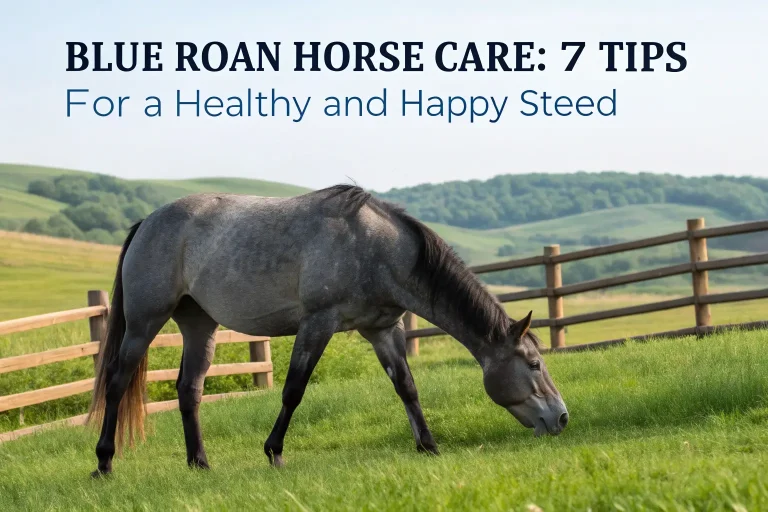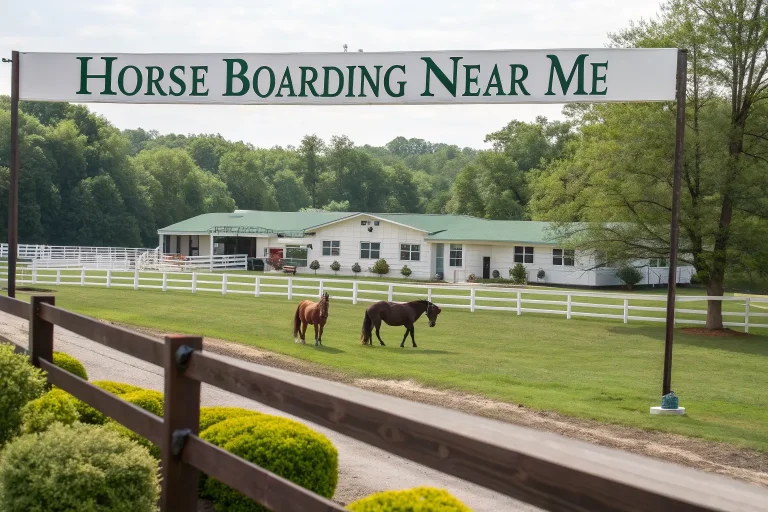Horse Teeth 101: 7 Signs Your Stallion Needs a Dentist
Are your horse’s chompers causing concerns? Just like humans, horses rely on healthy teeth for proper nutrition and overall wellbeing. Yet, many equine dental issues go unnoticed until they become serious problems. Understanding horse teeth health is essential for every responsible owner, whether you have a champion stallion or a beloved companion pony.
Introduction
Horses possess a remarkable set of teeth designed specifically for their herbivorous lifestyle. With up to 44 teeth that continuously grow and wear throughout their lives, these magnificent creatures depend on proper dental care to maintain optimal health. Unfortunately, dental problems in horses often develop gradually and without obvious external symptoms, making them easy to miss.
According to a study published in the Equine Veterinary Journal, over 80% of horses examined had at least one significant dental abnormality that could affect their comfort and performance. That’s why regular dental check-ups should be an essential part of your horse’s healthcare routine.
Did you know? Unlike humans, horse teeth continue to erupt throughout their lives at a rate of about 2-3mm per year, a fascinating adaptation to compensate for the natural wear caused by their fibrous diet.
Understanding Horse Teeth Anatomy
Scientific Classification
Scientific Name: Equus ferus caballus (domestic horse)
Dental Formula: A mature horse typically has:
- 12 incisors (6 upper, 6 lower)
- 12 premolars (6 upper, 6 lower)
- 12 molars (6 upper, 6 lower)
- Up to 4 canines (typically in males)
- Occasionally 4 wolf teeth (vestigial first premolars)
Physical Characteristics
Horse teeth are specialized for grinding tough, fibrous plant material. The most distinctive features include:
- Hypsodont Teeth: High-crowned teeth that continue to erupt throughout life
- Occlusal Surface: The chewing surface with complex enamel ridges for grinding
- Incisors: Front teeth used for cutting grass and estimating a horse’s age
- Cheek Teeth: Premolars and molars with large flat surfaces for grinding feed
- Diastema: The toothless gap between incisors and cheek teeth where the bit sits
Unlike human teeth, horse teeth have a reserve crown below the gum line that gradually emerges as the exposed crown wears down. This continuous eruption is nature’s solution to the abrasive diet horses consume in the wild.
Dental Development
A horse’s teeth tell their age story:
- Deciduous (baby) teeth: Begin erupting shortly after birth
- Permanent incisors: Replace baby teeth between 2.5-5 years
- Cheek teeth: Full set of permanent teeth usually complete by age 5
- Dental maturity: Reached around 5-6 years of age
Dr. Emily Richardson, equine dental specialist at Colorado State University, notes: “Understanding the natural development of horse teeth helps owners recognize the difference between normal changes and problematic conditions that require intervention.”
7 Warning Signs Your Horse Needs Dental Care
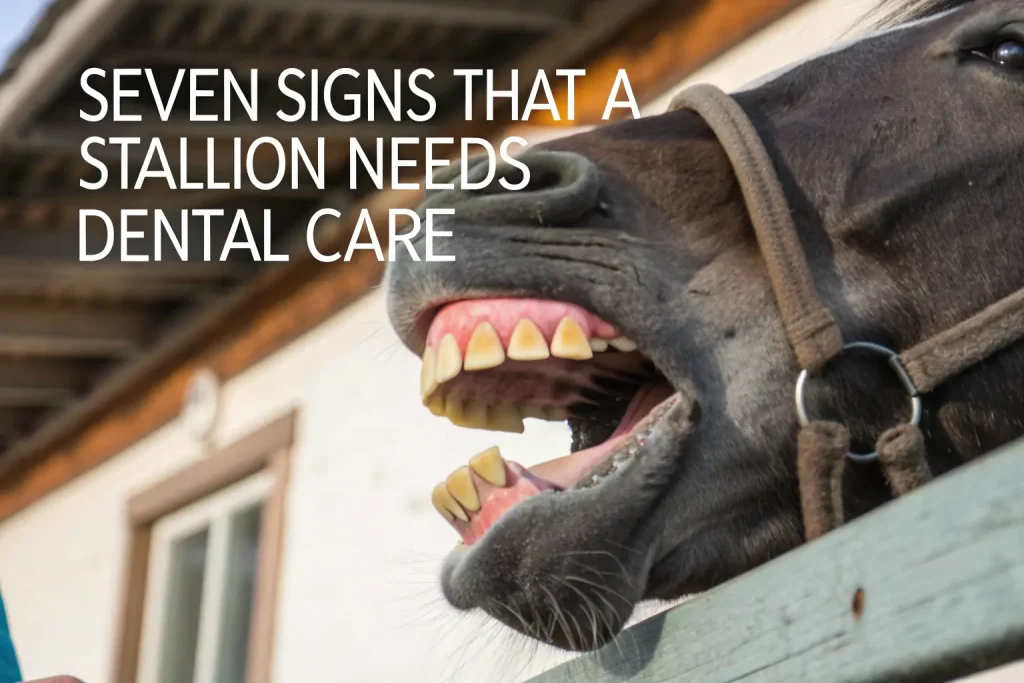
1. Dropping Feed (Quidding)
One of the most telltale signs of dental problems is when your horse drops partially chewed food from their mouth. This behavior, called quidding, happens when painful mouth conditions make it difficult for your horse to properly chew and swallow their food.
What to look for: Partially chewed food balls around feeding areas, in water buckets, or stuck in the sides of the mouth.
Why it happens: Sharp enamel points, fractured teeth, or misalignments can make chewing painful, causing horses to spit out food rather than finishing the chewing process.
2. Weight Loss Despite Normal Appetite
If your horse maintains a good appetite but is still losing weight, dental issues could be preventing proper nutrition absorption.
What to look for: Gradual weight loss, ribs becoming more visible, deteriorating body condition despite normal feed amounts.
Why it happens: When horses can’t chew properly, they can’t break down food sufficiently for digestion, leading to reduced nutrient absorption and weight loss over time.
A 2019 study in the Journal of Equine Veterinary Science found that horses with untreated dental abnormalities experienced up to 20% reduction in feed utilization efficiency.
3. Behavior Changes While Riding
Dental pain can significantly affect how your horse responds to the bit and your riding commands.
What to look for:
- Head tossing or shaking
- Resistance to the bit
- Difficulty turning in one direction
- Unexpected rearing or backing up
- “Wooden” feeling in the jaw
Why it happens: Sharp points on premolars can cause pain when the bit pushes the cheek tissue against these sharp edges. Hooks or ramps on teeth can also interfere with lateral movement of the jaw.
4. Foul Breath or Nasal Discharge
Healthy horse teeth shouldn’t produce noticeably bad odors. Foul breath often indicates infection or decay.
What to look for: Unusually bad breath, especially with a sweet or putrid smell, or discharge from the nostrils (particularly if it’s only on one side).
Why it happens: Infected teeth, gum disease, food trapped between teeth, or sinusitis resulting from dental infections can all cause these symptoms.
5. Abnormal Chewing Patterns
Horses naturally chew in a circular motion to grind their food efficiently. Changes to this pattern often signal dental distress.
What to look for:
- Slow, deliberate chewing
- Chewing primarily on one side
- Extended chewing time
- Excessive salivation while eating
- Unusual head tilting during mastication
Why it happens: Dental pain causes horses to adapt their chewing to avoid discomfort, resulting in uneven wear patterns that perpetuate the problem.
6. Facial Swelling
Lumps, bumps, or asymmetrical swelling around the face or jaw can indicate serious dental issues requiring immediate attention.
What to look for: Swelling along the jawline, under the eyes, or on the face, particularly if tender when touched.
Why it happens: Abscessed teeth, fractured roots, or infected sinuses related to dental disease can cause visible facial swelling.
Dr. James Carmalt, Professor of Equine Surgery, explains: “Facial swelling over the maxillary sinus in horses often indicates advanced dental disease that may require more complex intervention than routine floating.”
7. Difficulty Grasping or Holding Feed
When incisors develop problems, horses may struggle with the initial grasp of hay or grass.
What to look for:
- Dropping hay repeatedly when trying to eat
- Unusual movements when trying to grasp feed
- Preference for processed feeds over long-stem forage
- “Wadding” hay in the mouth
Why it happens: Excessive incisor length, misalignment, or pain can interfere with the horse’s ability to properly grasp and hold food with the front teeth before moving it to the molars for grinding.
The Importance of Regular Dental Check-ups
Prevention vs. Treatment
As with most health issues, preventing dental problems is far easier, less expensive, and less traumatic than treating advanced conditions. Regular equine dental exams allow for:
- Early detection of developing problems
- Maintenance of proper tooth alignment
- Removal of sharp edges before they cause soft tissue damage
- Identification of abnormal wear patterns before they affect performance
Recommended Schedule: Most equine dental experts recommend dental exams:
- Young horses (under 5): Every 6 months during tooth development
- Adult horses (5-15): Annual examinations
- Senior horses (15+): Every 6 months as age-related changes accelerate
What to Expect During an Equine Dental Exam
A comprehensive equine dental examination typically includes:
- External Assessment: Evaluation of facial symmetry, jaw movement, and signs of discomfort
- Oral Examination: Visual and manual inspection of all accessible teeth surfaces
- Speculum Use: A specialized mouth gag allows visualization of back teeth
- Sedation: Often recommended for thorough examination and treatment
- Floating: Filing down sharp edges or hooks using manual or power tools
- Treatment Plan: Addressing any specific issues discovered during the exam
The American Association of Equine Practitioners emphasizes that proper dental care improves performance, enhances comfort, and may extend your horse’s useful life.
Dental Care Throughout Your Horse’s Life
Young Horses (Up to 5 Years)
During this developmental period, horses experience significant dental changes as baby teeth fall out and permanent teeth erupt.
Key Concerns:
- Retained caps (baby teeth that don’t shed properly)
- Wolf teeth that may interfere with bit comfort
- Monitoring eruption of permanent teeth
- Establishing proper alignment early
Care Tips: Schedule more frequent check-ups to monitor tooth eruption and address developmental issues promptly.
Adult Horses (5-15 Years)
Middle-aged horses require maintenance to prevent common issues from developing.
Key Concerns:
- Sharp enamel points on cheek teeth
- Wave complexes (uneven wear patterns)
- Hooks and ramps at the front and back of tooth rows
- Performance-related dental issues
Care Tips: Annual dental exams combined with attentive monitoring for any signs of discomfort or changes in eating behavior.
Senior Horses (15+ Years)
As horses age, they face unique dental challenges that require specialized care.
Key Concerns:
- Tooth loss due to natural aging
- Exposed roots as reserve crown depletes
- Periodontal disease
- Difficulty maintaining weight due to inefficient chewing
Care Tips: More frequent examinations (every 6 months), dietary adjustments to accommodate changing dental function, and special attention to complete feeds that require less chewing.
DIY Dental Monitoring Between Professional Visits
While professional care is essential, owners can monitor their horse’s dental health between visits:
- Regular Observation: Watch your horse eat, noting any unusual behaviors
- Quick Oral Checks: With clean hands, gently feel along the cheeks for sensitivity
- Weight Monitoring: Regular weight tapes or body condition scoring
- Performance Tracking: Note any changes in responsiveness while riding
- Documentation: Keep records of dental visits and any concerns between appointments
“The most effective dental care programs involve both professional treatment and vigilant owner observation,” says Dr. Mary Kraft, equine dental specialist at the University of California, Davis.
How Dietary Management Complements Dental Care
Forage Selection
Different types of forage affect dental wear:
- Grass hay: Generally easier on teeth than more abrasive options
- Alfalfa: Higher nutrition content may benefit horses with compromised chewing
- Mixed hay: Provides varied textures and nutritional profiles
- Grazing time: Natural grazing encourages proper jaw movement and saliva production
Feed Processing Options
For horses with significant dental limitations:
- Soaked feeds: Softening pellets or cubes for easier chewing
- Complete feeds: Formulated to provide all nutrition with minimal chewing required
- Chopped forage: Shorter stem length requires less grinding
- Feed placement: Offering feed at ground level encourages natural head position and jaw movement
Dr. Sarah Thompson, equine nutritionist, advises: “When adapting diets for horses with dental issues, focus on maintaining adequate fiber intake while modifying texture to accommodate their specific limitations.”
The Link Between Dental Health and Overall Wellbeing
Performance Impact
Dental discomfort affects horses in various disciplines:
- Dressage: Resistance to contact, asymmetrical movement, lack of relaxation
- Jumping: Reluctance to accept bit pressure, rushing fences
- Racing: Reduced performance due to discomfort or improper nutrition
- Pleasure riding: Behavioral issues often mistaken for training problems
Systemic Health Connections
Dental problems can lead to several secondary health issues:
- Digestive disorders: Including colic and impactions from poorly chewed feed
- Respiratory conditions: Aspiration of food particles or sinus infections
- Weight management challenges: Inability to maintain proper body condition
- Behavioral changes: Irritability, depression, or aggression stemming from chronic pain
Research published in Equine Veterinary Education found that horses with resolved dental issues showed improved behavior in 78% of cases previously attributed to training or temperament problems.
Conclusion
Your horse’s teeth are fundamental to their health, comfort, and performance. By understanding the signs of dental problems and committing to regular professional care, you can ensure your equine companion maintains a healthy, pain-free mouth throughout their life.
Remember that horses are masters at hiding pain—by the time symptoms become obvious, dental problems have often progressed significantly. Proactive dental care is one of the most important investments you can make in your horse’s long-term wellbeing.
Whether you’re managing a champion competitor or a beloved trail companion, make dental health a priority in your horse care routine. Your attentiveness to those 44 remarkable teeth will be rewarded with a happier, healthier horse that can fully enjoy their meals and their work.
Frequently Asked Questions
How often should a horse have dental work?
Most adult horses (ages 5-15) should have dental examinations annually, while young horses (under 5) and seniors (over 15) benefit from twice-yearly checks. However, this schedule may vary based on individual needs, dental history, and use of the horse. Competition horses often require more frequent examinations due to the potential impact of dental problems on performance.
What is “floating” and why is it necessary?
Floating is the process of filing down sharp enamel points and correcting irregular wear patterns on horse teeth. It’s necessary because domesticated horses often don’t wear their teeth evenly due to shortened grazing time and modified diets compared to wild horses. Without correction, these sharp points can cause painful ulcers on the cheeks and tongue, impeding proper chewing.
Can I check my horse’s teeth myself?
While you can perform basic observations by gently pulling back the lips to examine incisors and feeling along the cheeks for sensitivity, a complete dental examination requires specialized equipment and training. Self-monitoring should complement, not replace, professional care. Focus on observing eating behaviors and performance changes between professional visits.
Does my horse need to be sedated for dental work?
Most thorough equine dental procedures require sedation for several reasons: it ensures the safety of both horse and practitioner, allows proper visualization of back teeth using a speculum, and enables the veterinarian to perform precise work without causing stress. Modern sedation protocols are very safe and wear off relatively quickly.
Are there alternatives to traditional dental floating?
While traditional hand-floating remains effective, many equine dental practitioners now use power tools that can provide more precise correction with less time in the speculum. Some holistic approaches suggest that certain feeding practices may reduce the need for frequent floating, but scientific evidence supports the necessity of regular professional care regardless of management style.
How do I know if my horse has a broken tooth?
Signs of a fractured tooth include sudden quidding (dropping food), foul breath, reluctance to chew on one side, excessive salivation, or blood-tinged saliva. Some horses may also show head shaking or resistance to the bit if the broken tooth causes pain. Only a thorough examination by an equine dental professional can confirm and properly treat a broken tooth.
Can dental problems cause colic in horses?
Yes, dental problems can definitely contribute to colic episodes. When horses can’t chew properly, they may swallow larger food particles that are more difficult to digest, potentially leading to impaction colic. Additionally, dental pain may cause horses to eat less or bolt their food without proper chewing, both of which can disrupt normal digestive function and increase colic risk.
